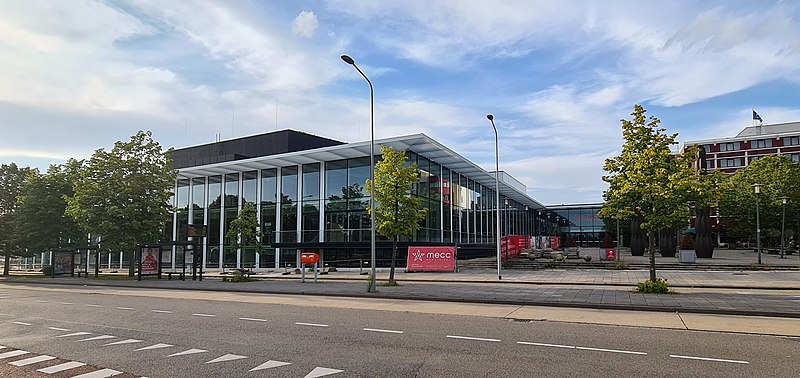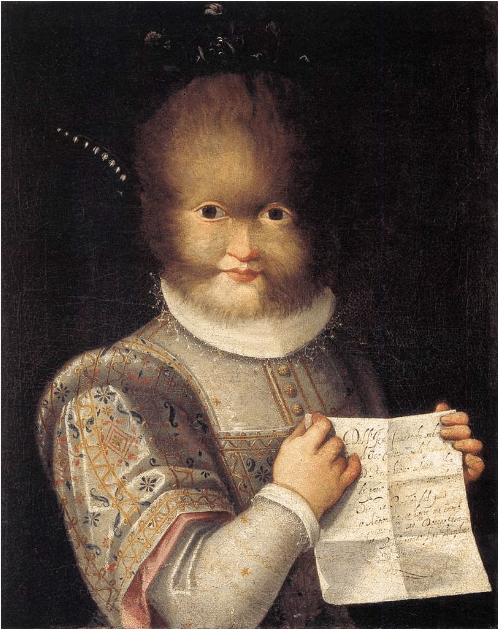TEFAF 2024
On 14 March, the 37th edition of TEFAF, The European Fine Art Fair, the leading international fair for fine antiques for many years, took place.
The current fair was born from the merger, in 1985, of two important Dutch exhibitions under the names of Pictura and De Antiquairs International and Pictura Fine Art Fair and has been located in its current place, the premises of the MECC, since 1988.
Initially, the exhibitors were mainly national antique dealers, but in the following years the increasing
success led to an international involvement of the leading galleries and a greater differentiation of the exhibits.
No longer merely paintings, but also sculpture, furniture, books, jewellery, works of applied art and contemporary art, all sharing the same high quality. The quality of the articles is guaranteed by a careful selection of the exhibits and an equally careful verification of the proposed material by a highly specialised scientific commission.

As the organisers of the event declared, the recently concluded 2024 edition was more than successful: 270 top exhibitors from 22 different countries and almost 50,000 visitors, among whom were not only amateurs and connoisseurs, but also major collectors and representatives of some of the world’s most important cultural institutions. The preview days (8-9 March) were by invitation only, and the patrons included 300 museum directors, 650 administrators and 40 groups of patrons for potential purchases.
One of the first sales to be notified was in fact the one involving the Rijksmuseum in Amesterdam, which announced the acquisition of the only signed painting by Gesina ter Borch (1631-1690), a painter belonging to one of the most important artistic families in the Netherlands in the 17th century.
The sale, scored by the Zebregs&Röell gallery, shows an increasingly predominant aspect of the antiques market, namely the search for works by female artists.

This trend is growing steadily, at a time when gender equality is a highly regarded issue, and therefore also for museum institutions it becomes essential to offer the public works representing the female quota in art, not so much as the subjects represented, but as the artists who grant them.
This trend was wisely embraced by TEFAF and the exhibitors, as can already be seen on the website where an entire section is dedicated to works by female artists.
These include some particularly notable ones, not only the few female sculptors present in the past, such as Luisa Roldán, known as La Roldana, with the sculpture Virgen de Belén attributed to her (by Llull Pampulides), or the bust of Peniston Lamb as Mercury by Anne Seymour Damer (Lowell Libson & Jonny Yarker LTD), but also several paintings.
Absolutely worth mentioning is the Portrait of Antoinette Gonzales by Lavinia Fontana (Rob Smeets Gallery), a child of the French court who, like her father, suffered from hypertrichosis.

The sales report compiled by Tefaf at the end of the event is overwhelmingly positive (HERE the report). From paintings to antiques, from antique books to contemporary works of art, the exhibiting galleries were satisfied, not only with the number of successful negotiations, but also with the type of clientele.
Not only well-known collectors, but also newcomers who were highly interested in the proposals, as well as museums. The broad presence of cultural institutions is certainly an indication of the exhibition’s calibre and the cultural recognition it enjoys as a key event to which important new acquisitions can be referred.




